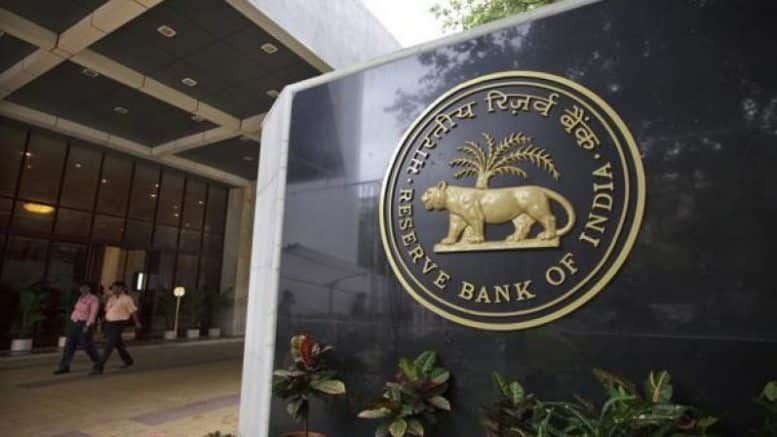
India: The Future Of Fintech, Cashless Society, And Total Inclusion
This content is restricted to site members. If you are an existing user, please log in. New users may register below.
Central bank of India, digital currency, digital wallet, Fintech
